Lap Thach fermented fish - A rustic specialty of the countryside with an elaborate preparation and irresistible taste
More than 60km from Hanoi, Vinh Phuc not only attracts tourists by its beautiful landscapes and historical and cultural relics such as Tam Dao, Dai Lai Lake, but is also famous for its rich cuisine. Among them, fish sauce - a dish of fermented raw fish, has become a unique and attractive specialty that cannot be missed.
According to recorded documents, Lap Thach has long been blessed by God with countless shrimps and fish from rivers, streams, ponds and lakes.
But at that time, villagers did not know how to preserve fresh food for a long time. If they did not preserve it, they would not be able to eat it all when the water rose.
From that situation, people have come up with a special way to process fish so that it can be preserved longer and the taste can be improved, that is fish sauce.
No other fish dish uses this special preparation method, so fish sauce is a unique dish with an unmatched flavor.
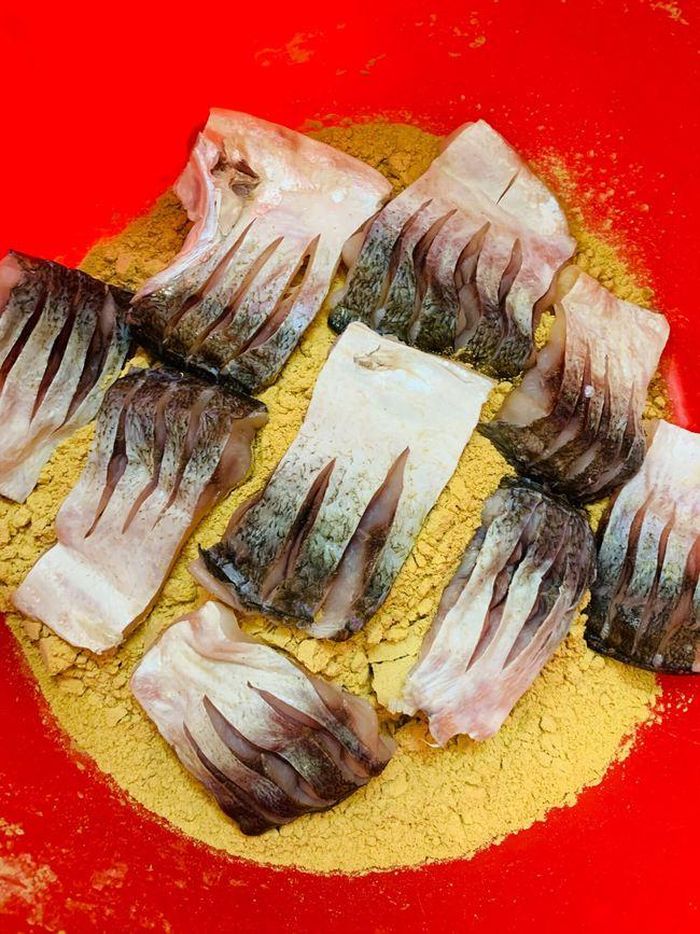
Corn bran helps fish to have an attractive aroma (Photo: Dung Hoa).
Ms. Duong Thu Giang, owner of a facility processing fish specialties in Lap Thach, shared that to make the best fish dish, people often choose large, fresh fish with thick meat such as silver carp, grass carp, common carp, etc. Small fish can also be used to make this dish but are left whole instead of being cut into pieces.
The fish is kept with its scales intact, its intestines removed, then washed, cut into pieces and a few small cuts are made on the body to help the fish absorb the spices better when marinated. The fish is then salted for a few days. The fish is salted at a ratio of 10kg of fish to 1.5kg of salt.
The gills and belly of the fish are stuffed with salt, then shaken well to remove all excess salt. After 4 to 10 days of salting (depending on the weather), the fish is taken out, squeezed to drain all the brine, and left to dry.
Thinh is made from a mixture of rice (or sticky rice) and soybeans. The ingredients are roasted evenly over low heat until they turn golden brown, crispy and fragrant, then crushed.
The rice powder is not ground finely but only pounded lightly to keep the fish dry when marinating. The rice powder is rubbed all over the salted fish, rubbing it evenly inside and out.
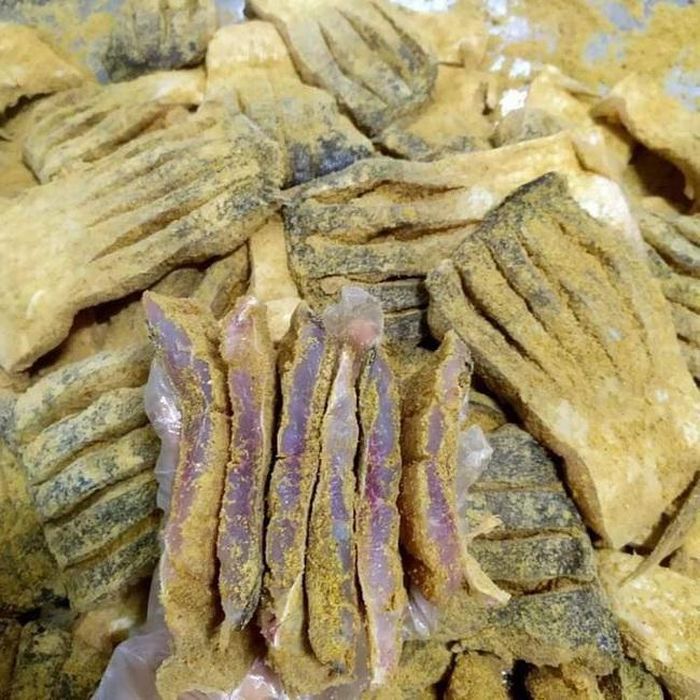
Fermenting fish bait is an extremely important, elaborate and meticulous step (Photo: Dung Hoa)
After being marinated with rice bran, the fish will be carefully arranged in a ceramic jar, each layer of fish will be sprinkled with a layer of rice bran, the top layer of rice bran must be very thick.
Guava leaves can be added to the fish jar to enhance the flavor. After about 3-4 months, the salted fish will be removed, the old bait scraped off and replaced with new bait or it can be processed immediately.
Standard pickled fish must be dry, firm, with the aroma of rice bran and guava leaves, amber or pink inside, and golden fish skin on the outside soaked in rice bran.
To make the fish sauce standard, people must choose fresh, large-sized fish with thick meat. Grass carp, silver carp, and common carp are the top choices. Small fish can also be used, but they must be left whole instead of cut into pieces.
After keeping the scales intact, remove the intestines, wash, cut into pieces and make a few small cuts on the body so that the spices can soak in evenly.
After being pre-processed, the fish is salted in a ratio of 10kg of fish to 1.5kg of salt. The gills and belly of the fish are stuffed with salt, then shaken well to allow the salt to soak in evenly. After being salted for 4 to 10 days (depending on the weather), the fish is taken out, all the brine is squeezed out, and left to dry.
The powder is made from a mixture of rice (or sticky rice) and soybeans, roasted evenly over low heat until crispy and fragrant, then crushed. The powder is not ground finely but only crushed by hand to keep the fish dry when marinated.
The rice powder is rubbed all over the salted fish, from the inside out. The fish, after being marinated with rice powder, is carefully placed in a ceramic jar, with a layer of rice powder sprinkled on each layer of fish, the top layer of rice powder must be very thick. Guava leaves can be added to the jar of fish to enhance the flavor.
After about 3-4 months, the pickled fish will be removed, the old bait will be scraped off and replaced with new bait or it can be processed immediately. The standard pickled fish must be dry, firm, with the aroma of bait and guava leaves, amber or pink inside, and the fish skin will be golden brown on the outside.

Normally, fish are fermented with bait for 6 months to 1 year (Photo: Dung Hoa).
Pickled fish can be enjoyed immediately or processed into many dishes, the most popular of which is grilled fish.
The fish is sandwiched between fresh bamboo sticks and grilled over charcoal until it has a distinctive aroma. This is a local favorite and can be enjoyed any time of the year.
Diners who have had the chance to enjoy Lap Thach sour salted fish all commented that the fish meat is not dry like fish sauce, not mushy like fresh fish or fried fish. When removed, the fish meat has a deep pink color, a harmonious sour and salty taste and an indescribable aroma.
Lap Thach fermented fish - a typical delicacy in Vinh Phuc
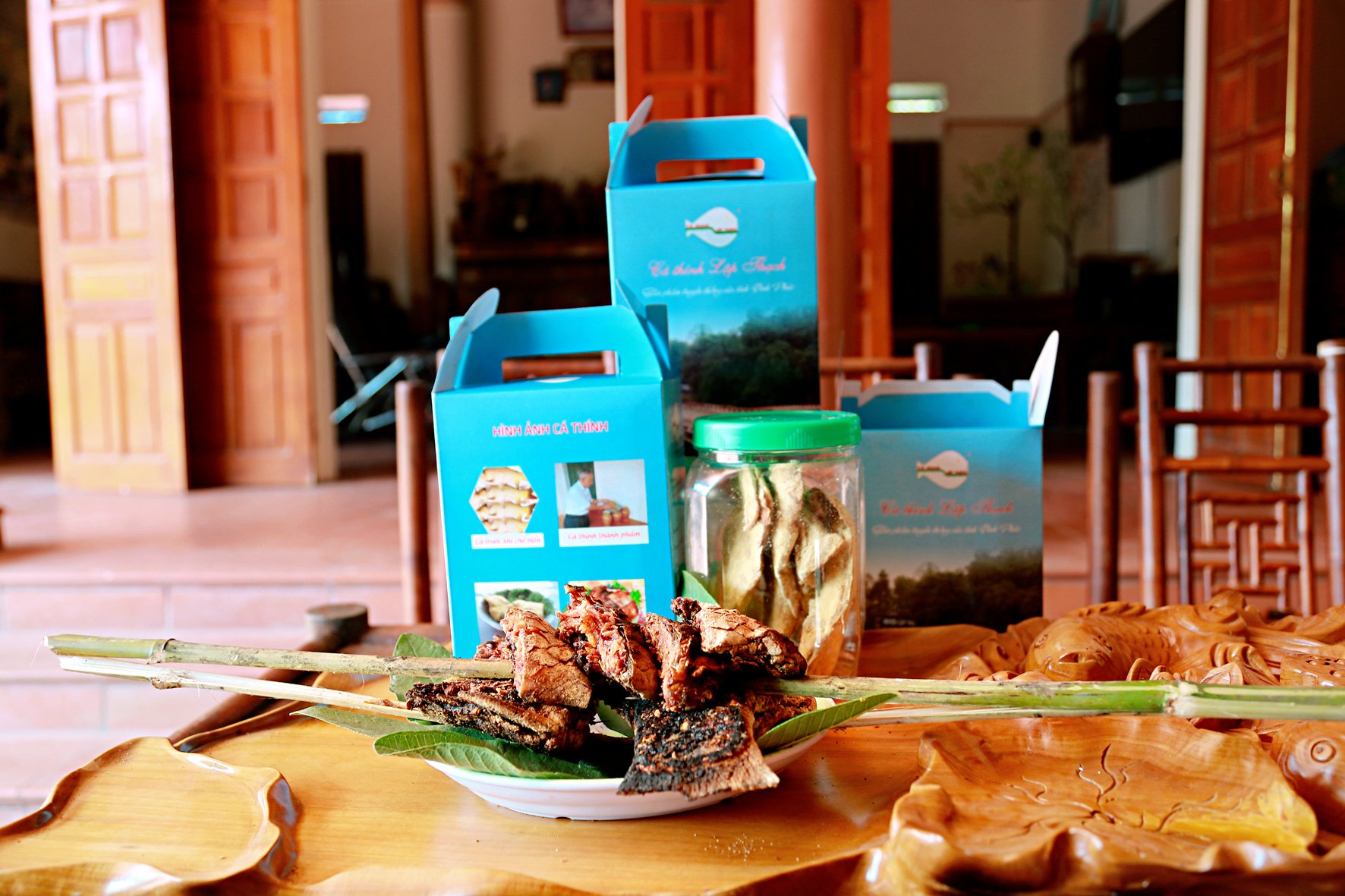
Lap Thach fermented fish was awarded the certificate of “Famous agricultural product” by the Vietnam General Association of Agriculture and Rural Development, which is the motivation for fermented fish makers in Lap Thach district to continue promoting and introducing their products more widely to the market. Photo: Duong Chung - Tra Huong
Not only attracting tourists to enjoy or buy as gifts, Lap Thach fermented fish is now also packaged and transported everywhere, becoming a famous specialty loved by many people. The price of fermented fish ranges from 150,000 - 190,000 VND/kg, depending on the type of fish.
Fish sauce - a rustic dish has long become a precious specialty of Vinh Phuc people, carrying a rustic countryside flavor, evoking memories of the homeland in the hearts of every expatriate and visitors from all over the world.
Source: https://danviet.vn/mot-loai-dac-san-lo-vinh-phuc-ma-chang-dau-co-duoc-muon-an-phai-cho-vai-thang-moi-ra-lo-ca-thinh-20240728003931112.htm


![[Photo] General Secretary To Lam receives Singaporean Ambassador Jaya Ratnam](https://vphoto.vietnam.vn/thumb/1200x675/vietnam/resource/IMAGE/2025/11/03/1762171461424_a1-bnd-5309-9100-jpg.webp)
![[Photo] Fall Fair 2025 and impressive records](https://vphoto.vietnam.vn/thumb/1200x675/vietnam/resource/IMAGE/2025/11/03/1762180761230_ndo_br_tk-hcmt-15-jpg.webp)
![[Photo] Prime Minister Pham Minh Chinh receives the Chairman of the Japan-Vietnam Friendship Association in the Kansai region](https://vphoto.vietnam.vn/thumb/1200x675/vietnam/resource/IMAGE/2025/11/03/1762176259003_ndo_br_dsc-9224-jpg.webp)


![[Photo] Lam Dong: Close-up of illegal lake with broken wall](https://vphoto.vietnam.vn/thumb/1200x675/vietnam/resource/IMAGE/2025/11/03/1762166057849_a5018a8dcbd5478b1ec4-jpg.webp)












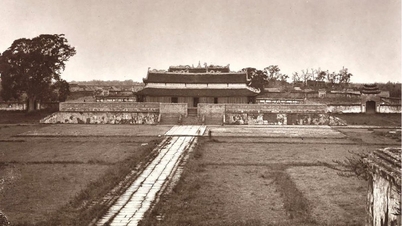































































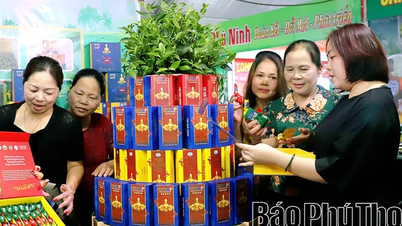

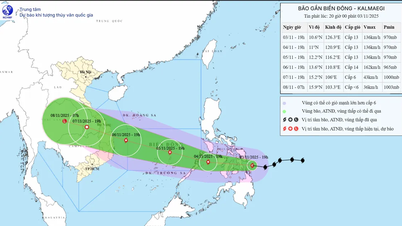


















Comment (0)